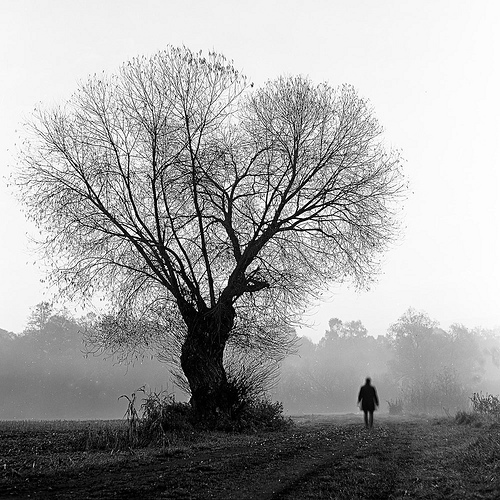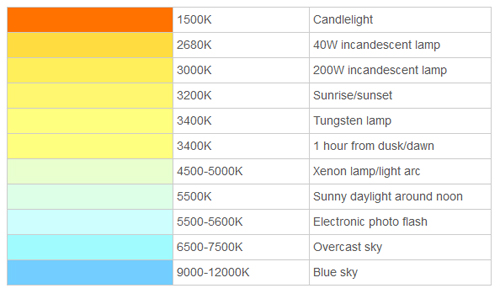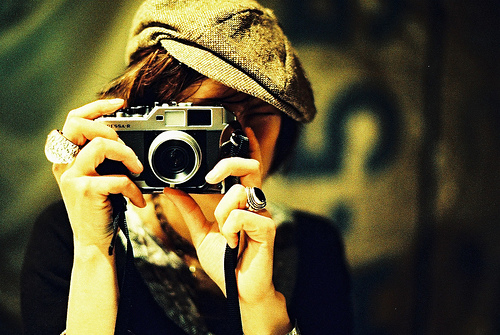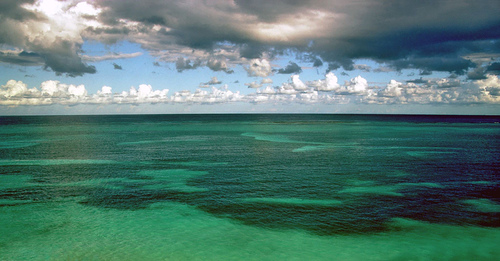Film Types:
Flm is made of a base material (plastic) that is coated with a light sensitive material.
Panchromatic Black and White Film
Panchromatic black and white film, also known as pan film, is sensitized to all colors of the visible spectrum as well as the shorter ultra-violet (UV) wavelengths during the manufacturing process. Pan film does produce photos with more grey tones and a truer feel of the original colors.
General purpose black and white pan films are available in speeds ranging from 25 ASA to 3200 ASA, with the slower films producing finer grain and better image tonal gradation. Slower films also allow you to use slower shutter speeds to blur motion.
400 ASA films offer a good compromise between speed, grain, and resolution, and might be best-suited for general purpose shooting in a variety of lighting conditions. 400 does show some grain when photos are enlarged beyond a certain size especially in even tone areas such as clear skies or calm seas, though the degree of grain visible depends also on the development process.
For the best results in terms of image quality and resolution, it is best to shoot with slower film if the average lighting conditions allow.
Orthochromatic
Not sensitive to RED light
Orthochromatic Black and White Film
Orthochromatic film (or ortho film) is an earlier type of film which differs from panchromatic film in that it is more sensitive to the blue and green colors, less sensitive to orange, and is somewhat insensitive to the red end of the spectrum (beyond around 590 nm).
This was troublesome in many situations as any green color in a scene would look pale, blue would look white, and red would appear really black in the final image. This type of film is mostly available as sheet film and is useful when copying black and white prints or monochrome drawings. It can also be handled in the darkroom safely under a red safelight.
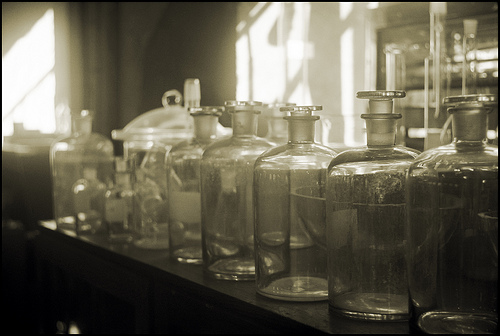
Chromogenic B&W film
Sensitive to all light - developed with color developer
Chromogenic black and white film is a type of negative film that contains dyes along with the emulsion which allow it to form purple or brown color casts in the final image once developed.
The processing of such films is called "chromogenic," during which all silver molecules are bleached and the dye is formed in those corresponding areas instead.
Chromogenic black and white film is more tolerant of exposure inaccuracies, especially over-exposure. A disadvantage associated with this type of film though is the softer grain and the slightly poorer image sharpness and contrast than is otherwise possible.
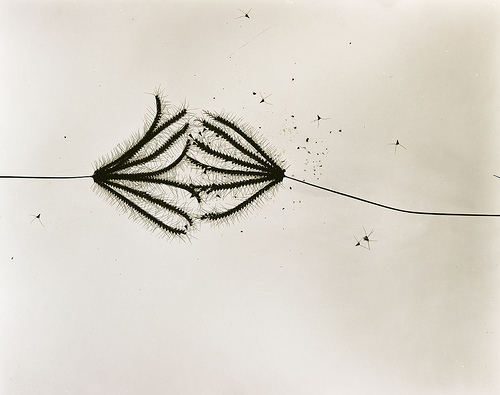
Line Film
Line and Lith Black and White Film
Line film is a high contrast film that gives a black and white image with very few, or no greys in between pure white and pure black. Lith film is an extreme form of line film, meaning it is even higher in contrast.
Because of the very high contrast material used in line and lith films, exposure accuracy is of great concern which is why it is often a good idea to take important shots on regular film first and then apply the desired settings on line or lith film later. These types of films are also a great way for copying prints and monochrome drawings.
Line and lith films are usually slow in speed and produce fine grain images. Often times, ortho sensitivity is also added for easier handling in the darkroom.

